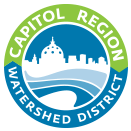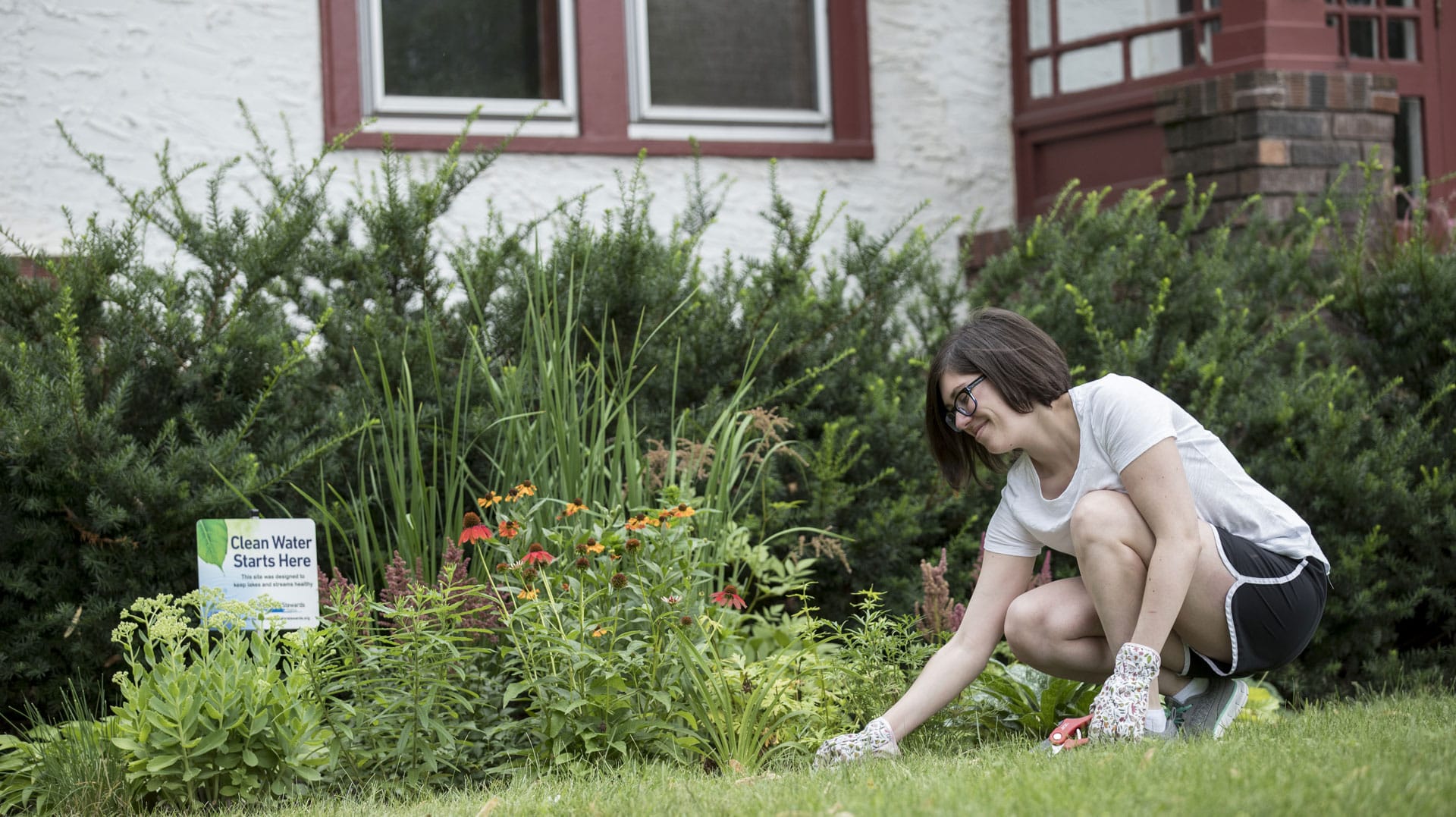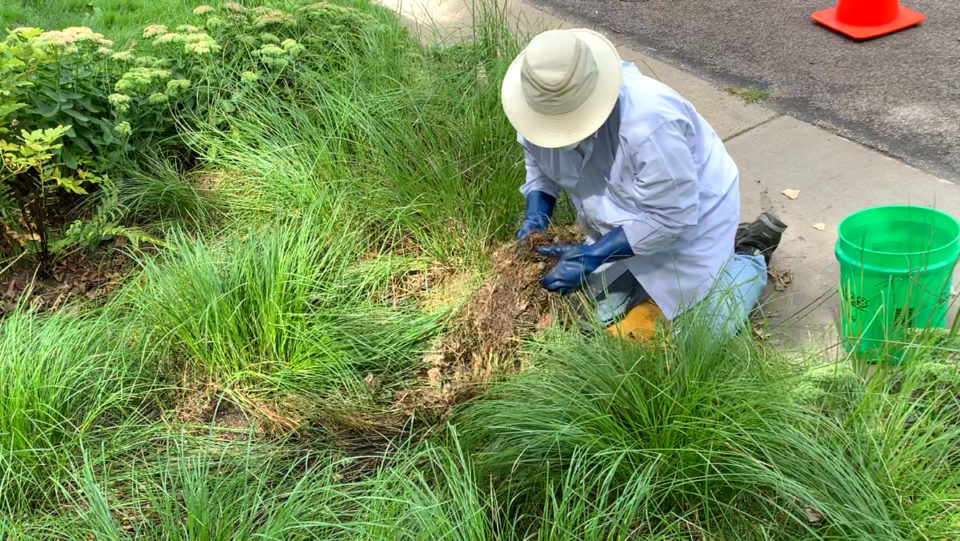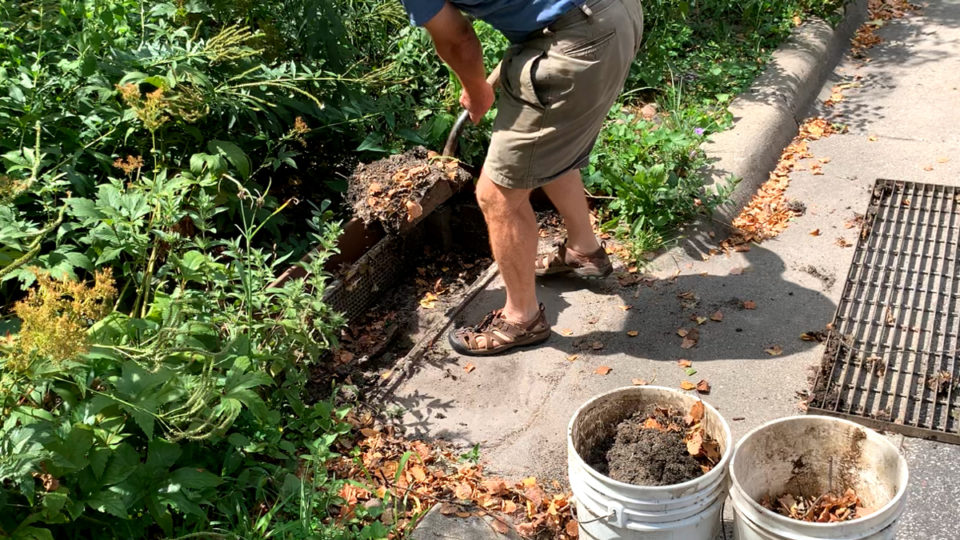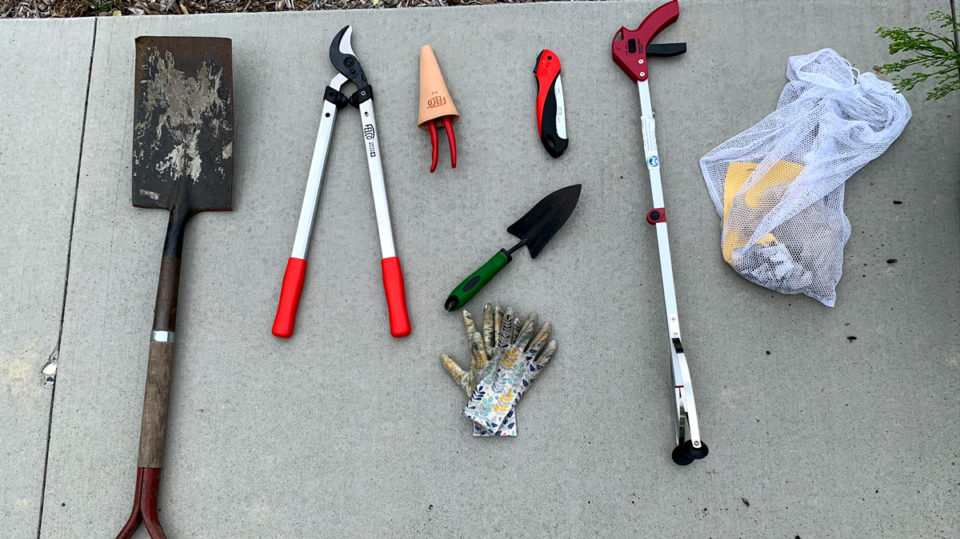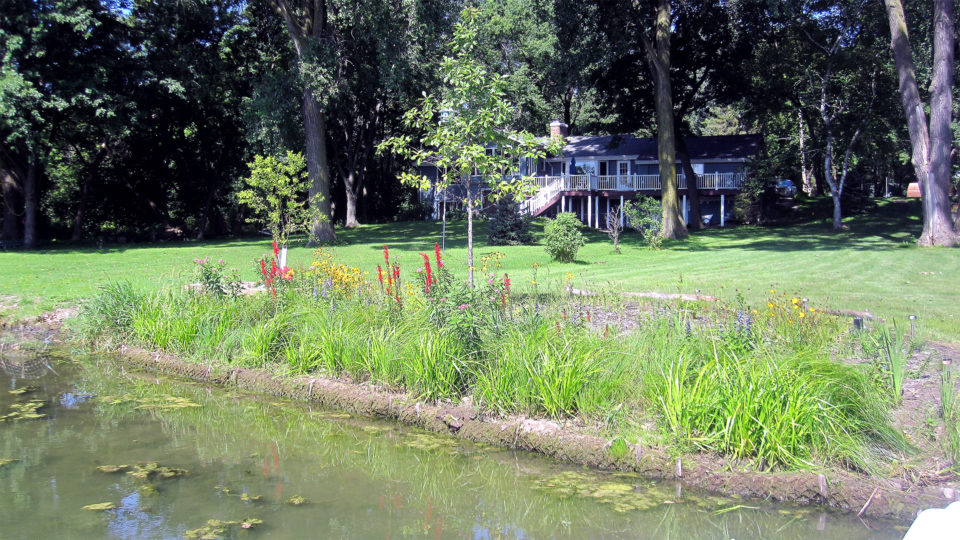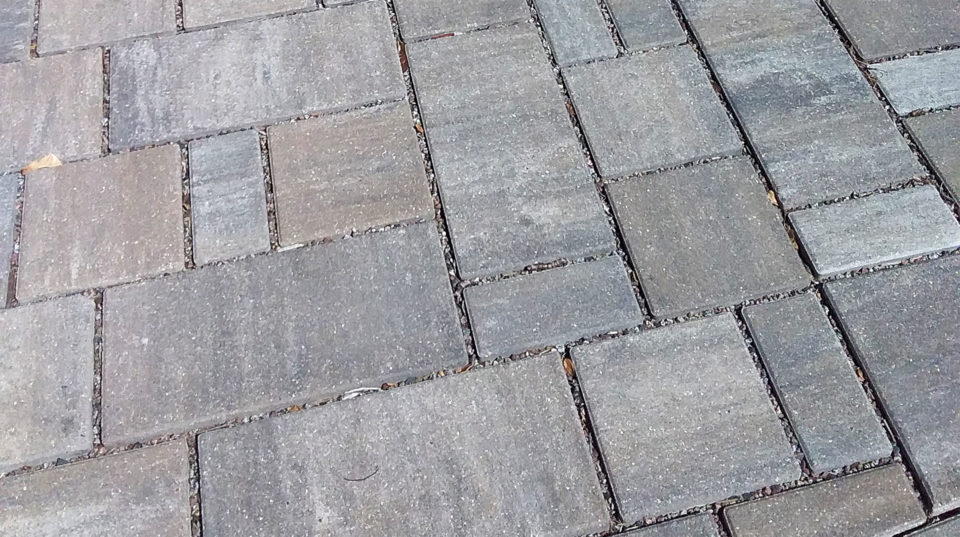Maintain the beauty, health and performance of your rain garden. With proper care, your garden will continue to help keep our lakes and the Mississippi River clean by capturing runoff and removing pollution. Use the resources below for maintenance, including:
• general maintenance recommendations,
• seasonal tips, to be done at a specific time of year,
• native plants for your garden,
• troubleshooting common issues,
• watering guidelines, and
• identifying rain garden weeds.
Rain Garden Resources
CRWD’s Clean Water Projects Maintenance Tips Newsletter offers seasonal tips for maintenance, workshops and other project resources.
CRWD’s Gardening Guide PDF highlights the important maintenance activities for your rain garden and breaks down garden care by season.
CRWD’s Rain Garden Maintenance Blog Post provides more information of rain maintenance tasks by season.
CRWD hosts annual rain garden maintenance workshops. View a recording of our August 2021 virtual workshop on vimeo.com. View the August 2021 Rain Garden Maintenance Workshop presentation PDF.
One of CRWD’s neighboring watershed organizations, Mississippi Watershed Management Organization (MWMO) also has informative seasonal maintenance videos on YouTube.
MWMO’s Spring Maintenance for Native Plant Landscapes on YouTube.com
MWMO’s Summer Raingarden Maintenance with Akia and Boyee on YouTube.com
Sourcing Replacement Plants
When selecting plants to fill bare spots in your garden, opt for native plants and cultivars. Native plants usually have deep roots which means they can soak in more water, reduce soil compaction, and filter out pollutants than their non-native counterparts. They also provide secondary benefits such as pollinator habitat and are adapted to our area so require fewer inputs like watering, mowing, and fertilizer use.
Native plants are available at many local nurseries and garden centers. There are also multiple local organizations that host plant and seed sales throughout the year.
